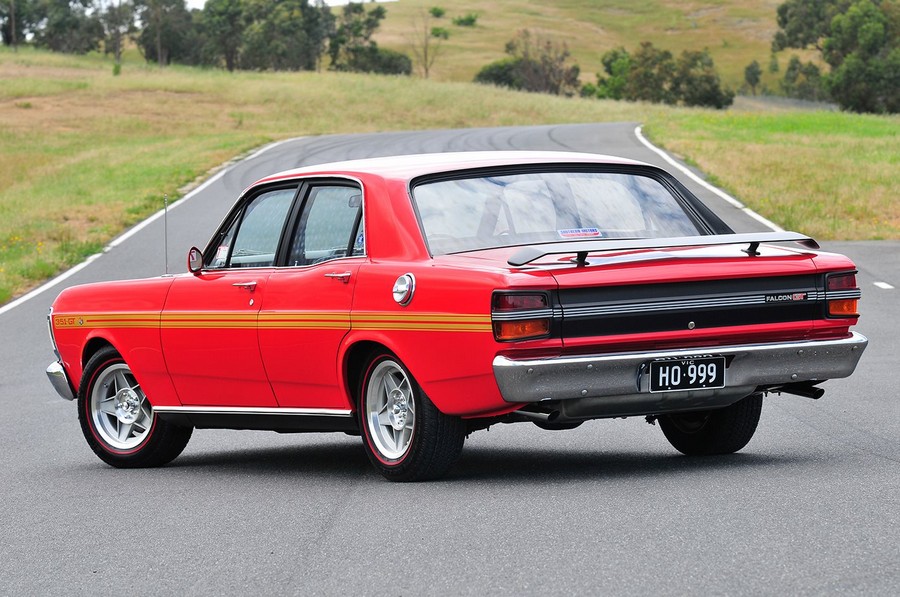Since the beginning of the car industry, Detroit established itself as the car capital in the world. For the better part of the 20th century, the American car industry dictated the trends in automotive design, technology, and production. And in the same period, U.S. manufacturers exported heavily to all parts of the world.
Everything began when Ford started selling their Model T cars worldwide, establishing assembly plants on several continents. The Model T was a utilitarian product people loved all over the world. But to continue selling cars in different countries, Ford needed to develop models to suit each specific market. This started the idea of founding subsidiary companies independent from Detroit.
Ford concentrated on engineering and building specific products under well-known American names. So we looked at the most interesting cars made by U.S. companies sold solely in parts of the world. Check these rare models out below.

32. Ford Falcon GT HO 351
Probably the most famous Australian muscle car was the mighty Falcon GT HO 351 that Ford introduced in 1971. Despite its performance portfolio, it was a four-door sedan with proper muscle equipment. It came with Ford’s 351 V8 with a shaker hood and beefed-up suspension and brakes.

The power output was 300 HP for the standard version, and Ford also offered Phase II and Phase III options. The car looked the same, except with upgraded mechanicals. In the ultimate Phase III version, the Falcon GT HO produced over 350 HP. Performance was astonishing with 0 to 60 mph in the six-second range and top speeds over 140 mph.
The Falcon GT HO was successful at racing, dethroning its arch-enemy, the Holden Monaro GTS 350. In the U.S., the Falcon was an economy car. But in Australia, it was a well-respected four-door muscle model with a racing pedigree.
